If you’re wondering how frequently to water your plants, the key is to give the right amount at the right time, but that’s only the first step. Proper plant watering means knowing how to water, not just how often. A few simple tricks can save on the water bill, promote proper plant growth, reduce fungal infections, and create an abundant garden. Here are watering techniques every beginner should know!
How to Water Plants In General
Watering your garden outside is a different skill than watering indoor plants. Inside, your goal is to give your plants the water they need without making a mess. Outside, you have to adapt to variables like rain and heat. But whether you’re dealing with indoor or outdoor plants, several watering rules apply to both:
1. Know your plants’ needs
Even if you’re a beginner, you can ease your mind, save water, and save time by knowing how much to water each plant. A moisture-loving fern will have different needs than a desert-loving cactus. From the beginning, write down their requirements and build watering into your weekly routine.
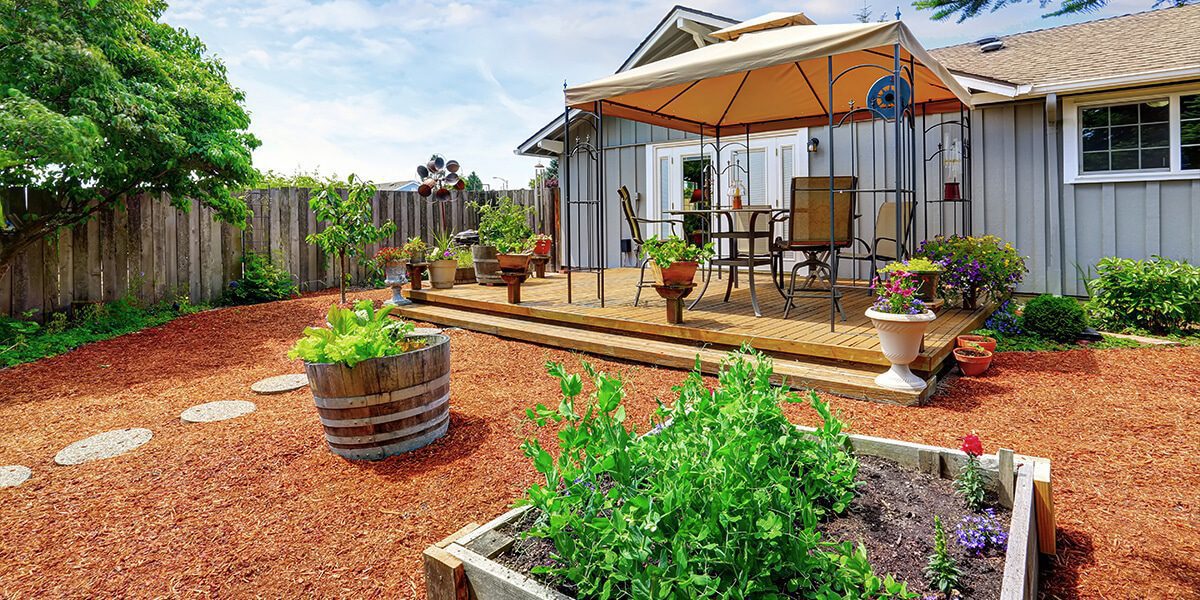
2. Water when the plant needs it
Outside, a warm spell can suck a plant dry. Indoors, a plant may need more water during the spring and less during the winter. Instead of holding a hard and fast schedule—e.g., watering once every week—probe the soil with your finger to see if the plant needs water. If the soil is dry up to your second knuckle, it’s time to give your plant a drink! As you tune into your plants needs, you’ll start to develop a watering routine based on the plant’s needs, instead of one dictated by a set number of days.
3. Water seldom, but thoroughly
If you want to know how to kill a plant, the quickest way is to water it too often! Overwatering is the most common indoor plant care mistake beginners make. Give each plant a thorough drink only when it needs it, rather than constant sips of water. A full drink moistens all the roots and lets water penetrate deep into the soil, where you want the roots to grow. However, doing this every day can choke out oxygen in the soil and cause your plant roots to drown. On the other hand, frequent shallow watering encourages shallow rooting—and that’s no good, either. Aim to water your plants about once a week on average—but more often in summer and less often in winter.
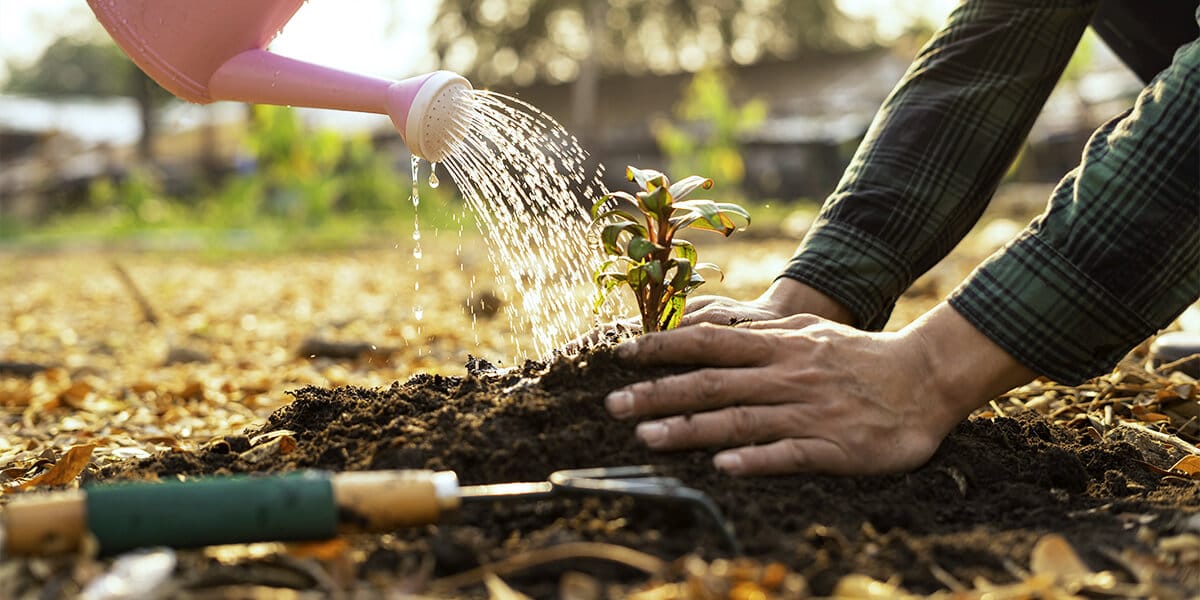
4. Water around the whole plant
Sometimes a houseplant is up against a corner, making it hard to water every part of the pot without making a mess. If you soak one side, you’ll only encourage rooting on that side. The same applies to garden plants. To moisten all the roots, make sure to water all the way around.
5. Water, wait, then water again
When you’re watering thoroughly, water needs time to flush through the soil. Rather than waterlogging your garden all at once, or making a watery mess around your potted plants, give each plant a good drink. Then wait a few minutes and pour on a second round of water.
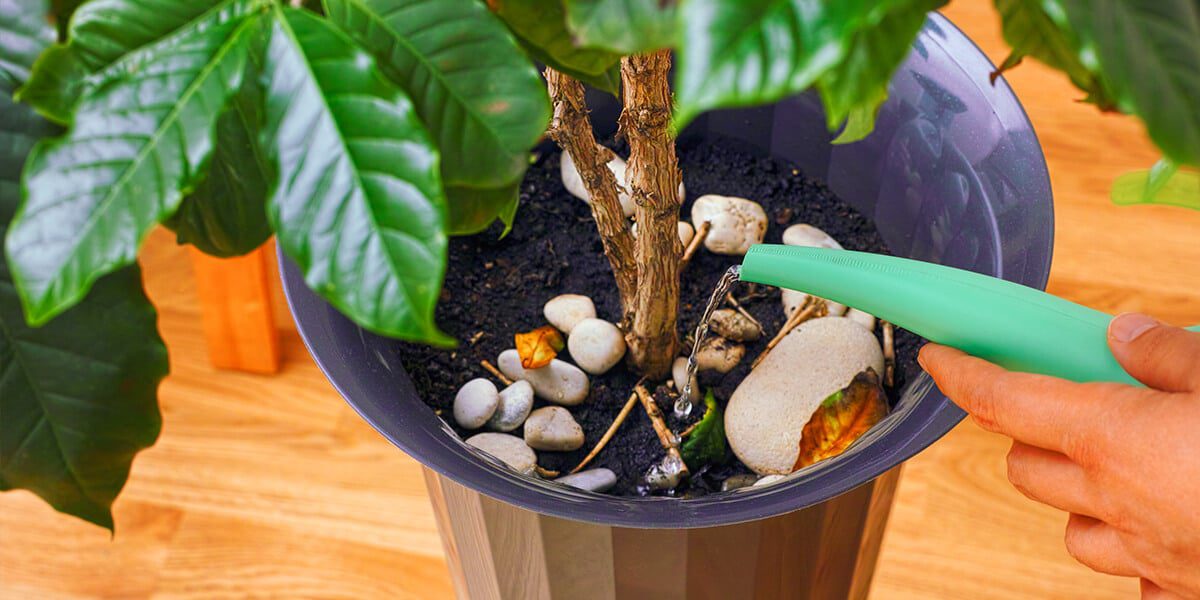
It’s the small adjustments in our watering that help our plants thrive both indoors and in the garden.
6. Water the soil, not the leaves
Excess water splashing on the leaves can lead to fungal growth and other pests. Save your plants the trouble by hitting the soil as much as possible, rather than watering the leaves.
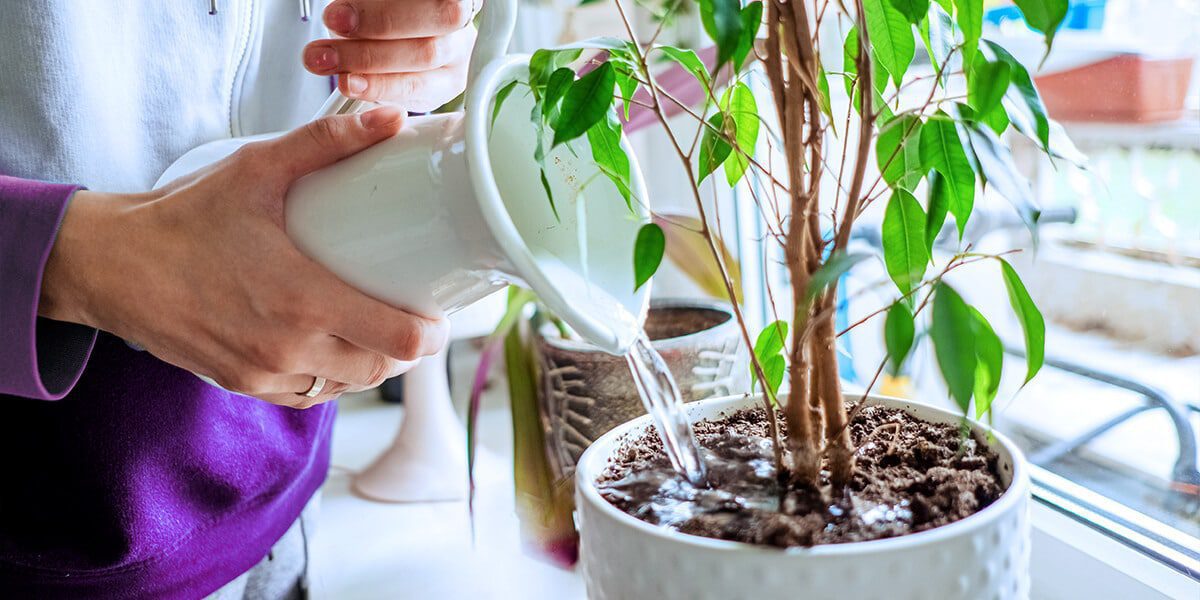
How to Water Indoor Plants
For beginner houseplant parents, watering is always the top concern. We all want to know how much water to give our indoor plants and when. As mentioned above, that all depends on each plant’s needs. Beginners also want to know how not to make an absolute mess when watering thoroughly. Here are some beginner tips to know, in addition to the techniques above:
1. Dump out excess water
Humans don’t like to have soggy feet, and neither do most plants. In fact, it can cause root rot. The solution? Dump the excess water out of the saucer after you water.
2. Learn the weight of a well-watered plant
So you want to water thoroughly without making a mess? Lift up the pot once the soil is saturated to feel the weight. Do it each time you water, and you’ll soon know exactly how much water to give based on the weight of the pot.
3. Water indoor plants at the sink
Even beginner plant parents have probably used this trick intuitively. It’s a simple solution to prevent dirty water from dripping on the carpet as you dump your saucers.
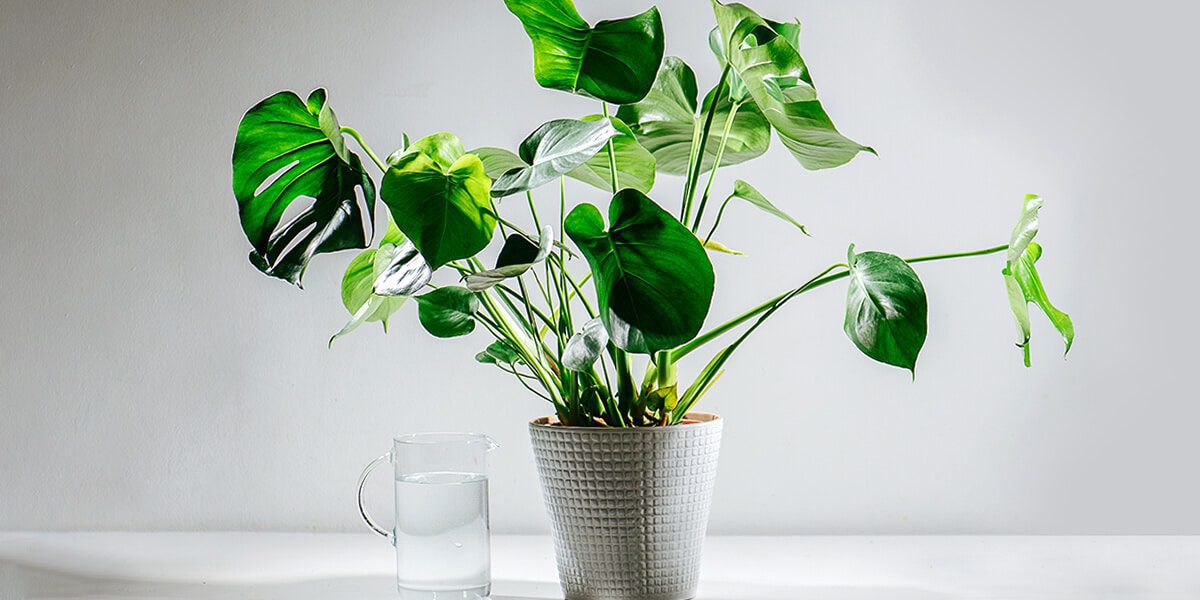
4. Let chlorine evaporate for 24 hours
Chlorine is a common ingredient in tap water. It can harm the microbes in your soil and stunt plant growth. Some indoor plants are more affected by it than others. If you want to eliminate the chlorine from your water, simply fill the watering can and let it sit for a day before watering.
How to Water Plants Outside
Besides following the general guidelines above, beginner gardeners can water more successfully outdoors with these tips:
1. Water in the early morning
The morning is the coolest time of day, meaning you lose less water to evaporation. Plus, as the sun rises, any excess water on the leaves dries off. If you water in the evening, moisture stays on the plants all night, encouraging fungi like powdery mildew.
2. Group together plants with similar watering needs
This will ease the whole process and ensure each plant gets the moisture it needs—no more and no less.
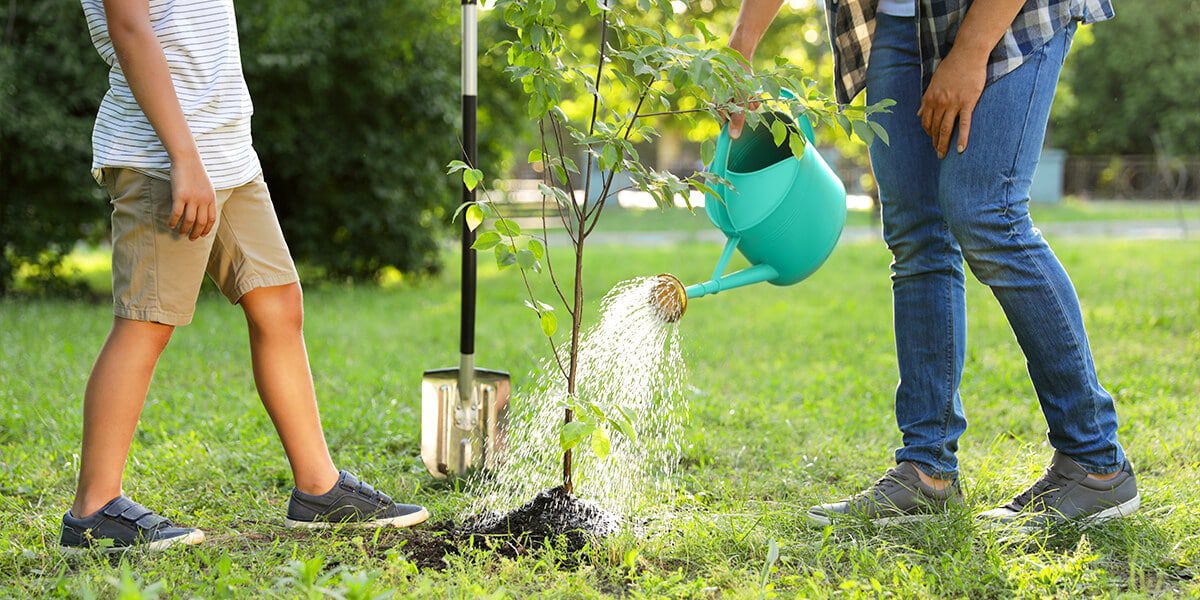
3. Give the right amount of water
Beginners are often so worried about not watering enough that they water too much, but that’s a waste and an unnecessary tab on your water bill. In the great outdoors, rain gives us another variable to consider. Weather can be hard to predict in Chicagoland, but as a rule of thumb, rain of ½ inch or more replaces one watering. When you factor rain into your watering schedule, you’ll save a lot of water while enjoying a lush garden.
At the end of the day, giving the right amount of water is still the most important part of plant care. But besides that, it’s the small adjustments in our watering that help our plants thrive both indoors and in the garden!
Platt Hill Nursery is Chicago’s premier garden center and nursery.


